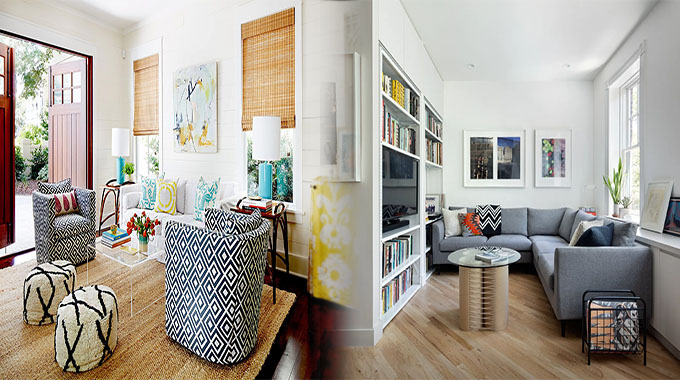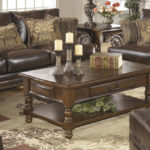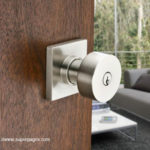Living in a small space doesn’t mean sacrificing comfort and style. With the right furniture arrangements, you can maximize every inch of your living area and create a functional, inviting, and visually appealing environment. Whether you’re living in a studio apartment, a cozy loft, or a compact home, strategic furniture placement can make all the difference in optimizing your space. Here are some tips for functional furniture arrangements to maximize small living spaces:
1. Multi-Functional Pieces:
Investing in multi-functional furniture is key to making the most of a small living space. Look for pieces that serve dual purposes, such as a sofa bed for accommodating guests, a storage ottoman that can also function as a coffee table, or a dining table with built-in storage. By choosing furniture with multiple uses, you can minimize clutter and make the most of every item in your home.
2. Space-Saving Storage:
Incorporating adequate storage solutions into your furniture arrangements is crucial for keeping a small living space organized and clutter-free. Opt for coffee tables with shelves or drawers, wall-mounted shelves, and floating cabinets to maximize vertical storage. Additionally, consider furniture pieces with hidden compartments or built-in storage to tuck away items that tend to accumulate, such as blankets, books, or electronic devices.
3. Modular Furniture:
Modular furniture offers versatility and adaptability, making it ideal for small living spaces. Pieces like modular sofas, shelving systems, and customizable storage units allow you to create configurations that suit your specific layout and storage needs. These adaptable furniture options can be rearranged and reconfigured as your lifestyle and spatial requirements change.
4. Open Concept Furniture Layouts:
Embracing an open concept furniture layout can help create the illusion of space in a small living area. Avoid blocking sightlines and walkways with bulky furniture pieces, and instead opt for open-backed shelving, transparent acrylic or glass tables, and furniture with slender legs to maintain a sense of airiness and visual flow.
5. Scale-Appropriate Furniture:
When working with limited square footage, it’s essential to choose furniture that is proportionate to the size of the space. Selecting low-profile, streamlined furniture that doesn’t overwhelm the room visually can make the area appear more spacious. Additionally, consider furniture with slender silhouettes and light, neutral upholstery to give the illusion of a larger, more open living space.
6. Floating Furniture Arrangements:
Utilizing floating furniture arrangements—where furniture is positioned away from walls and open on all sides—can create a sense of breathing room in a small living space. By floating seating, such as a sofa or chairs, in the center of the room, you can foster a more fluid and open layout while allowing for easier traffic flow and a more expansive feel.
7. Visual Separation with Furniture:
Dividing a small living space into distinct zones can be achieved with strategic furniture placement. Use furniture, such as bookshelves, room dividers, or open-backed sofas, to create visual separation between the living, dining, and sleeping areas without closing off the space entirely. This approach helps define specific areas within a multipurpose room while maintaining an open and cohesive ambiance.
Maximizing a small living space through functional furniture arrangements involves a thoughtful blend of multi-functional pieces, space-saving storage solutions, adaptable modular furniture, proportionate and open-concept layouts, and strategic furniture placement. By considering the versatility, scale, and visual impact of your furniture choices, you can create a harmonious and efficient living space that feels spacious, inviting, and well-organized.







